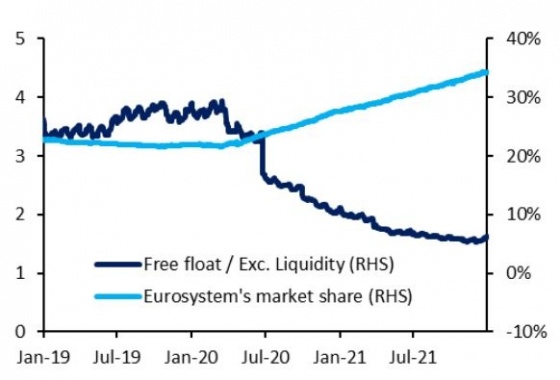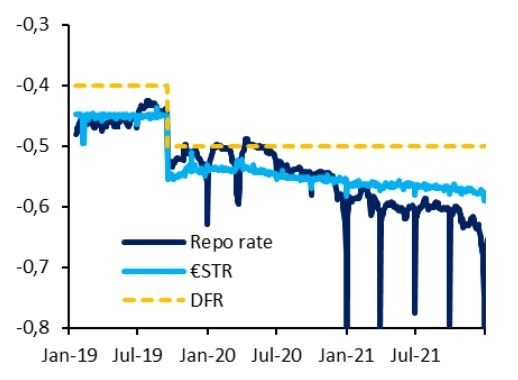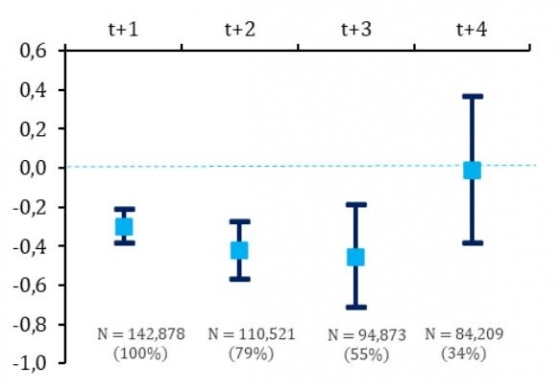References
Altavilla, C., Lemke, W., Linzert, T., Tapking, J., von Landesberger, J. (2021), Assessing the efficacy, efficiency and potential side effects of the ECB’s monetary policy instruments since 2014, ECB Occasional Paper no. 278.
Arrata, W., Nguyen, B., Rahmouni-Rousseau, I., Vari, M. (2020), The scarcity effect of QE on repo rates: Evidence from the euro area, Journal of Financial Economics 137(3), 837-856.
Carrera de Souza, T.A., Hudepohl, T.S.M. (2022), The Eurosystem’s bond market share at an all-time high: what does it mean for repo markets? DNB Working Paper No. 745.
Corradin, S., Maddaloni, A. (2020), The importance of being special: Repo markets during the crisis, Journal of Financial Economics 137(2), 392-429.
D’Amico, S., Fan, R., Kitsul, Y. (2018), The scarcity value of treasury collateral: repo-market effects of security-specific supply and demand factors, Journal of Financial and Quantitative Analysis 53 (5), 2103–2129.
ECB (2021), Euro Money Market Study 2020, Money market trends as observed through MMSR data, Euro Money Market Study 2020
ECB (2022), Securities lending of holdings under the asset purchase programme (APP) and pandemic emergency purchase programme (PEPP), Securities lending of holdings under the asset purchase programme (APP) and pandemic emergency purchase programme (PEPP) (europa.eu)
Huh, Y., Infante, S. (2021), Bond market intermediation and the Role of Repo, Journal of Banking and Finance 122 (105999), 1-19.
Lagarde, C. (2021), One year of the PEPP: many achievements but no room for complacency, 22 March 2021, One year of the PEPP: many achievements but no room for complacency (europa.eu)
Schaffner, P., Ranaldo, A., Tsatsaronis, K. (2019), Euro repo market functioning: collateral is king, BIS Quarterly Review December 2019, 95-108.







